 So, a sea lion pup wanders into a seafood restaurant and settles down in a booth ….. It sounds like the beginning of a bad joke, but last February, a malnourished 8-month old sea lion pup appeared in a booth in The Marine Room, an upscale waterfront restaurant in La Jolla, California. The pup had found its way in from the beach through a door left open by a cleaning crew. Chef Bernard Guillas said that the female pup climbed into a booth “almost like she wanted to have dinner.” And perhaps she did, as the pup was seriously malnourished and dehydrated, weighing only 20 pounds (9 kg), less than half the normal size for its age.
So, a sea lion pup wanders into a seafood restaurant and settles down in a booth ….. It sounds like the beginning of a bad joke, but last February, a malnourished 8-month old sea lion pup appeared in a booth in The Marine Room, an upscale waterfront restaurant in La Jolla, California. The pup had found its way in from the beach through a door left open by a cleaning crew. Chef Bernard Guillas said that the female pup climbed into a booth “almost like she wanted to have dinner.” And perhaps she did, as the pup was seriously malnourished and dehydrated, weighing only 20 pounds (9 kg), less than half the normal size for its age.
The sea lion pup, which has been given the nickname Marina, wasn’t served at the restaurant but was instead taken to SeaWorld’s Animal Rescue Center. Since then Marina has been nursed back to health. She gained 25 pounds and proved she could find food for herself. Ths week Marina and several other rescued sea lions were returned to the wild.

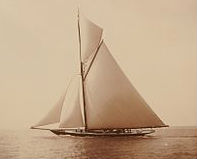

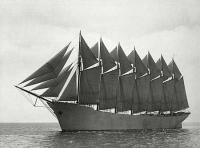 The seven-masted iron schooner
The seven-masted iron schooner 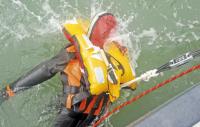
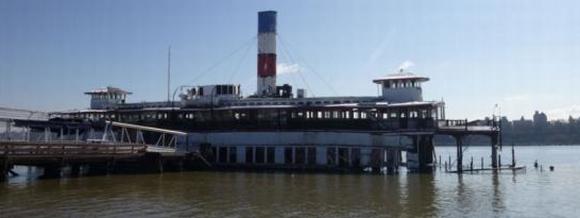




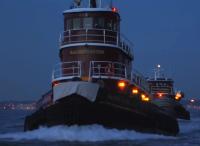 When I arrived in New York back in the mid-70s, a vast fleet of tugs swarmed across the harbor like so many water beetles. Most kept busy assisting ships in docking. Now there are fewer but larger ships, many with bow thrusters, so fewer tugs are needed to get them to their berths.
When I arrived in New York back in the mid-70s, a vast fleet of tugs swarmed across the harbor like so many water beetles. Most kept busy assisting ships in docking. Now there are fewer but larger ships, many with bow thrusters, so fewer tugs are needed to get them to their berths. In early May,
In early May,  British archeologists have located the wrecks of two
British archeologists have located the wrecks of two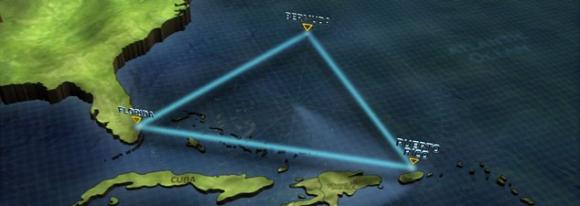 The Bermuda Triangle nonsense continues, as does the media’s fondness for dramatic headlines, whether or not there are any facts to support them. The most recent silliness is about late ice age methane explosions. The UK’s Daily Mail headline reads: “
The Bermuda Triangle nonsense continues, as does the media’s fondness for dramatic headlines, whether or not there are any facts to support them. The most recent silliness is about late ice age methane explosions. The UK’s Daily Mail headline reads: “ Peter Stanford, an icon of maritime historical preservation in the United States, died yesterday at the age of 89. In 1967, Peter and his wife Norma founded the
Peter Stanford, an icon of maritime historical preservation in the United States, died yesterday at the age of 89. In 1967, Peter and his wife Norma founded the 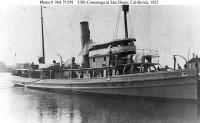 On March 25th, 1921, the US Navy ocean-going tug,
On March 25th, 1921, the US Navy ocean-going tug, 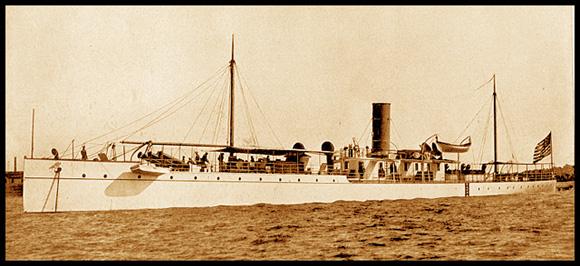
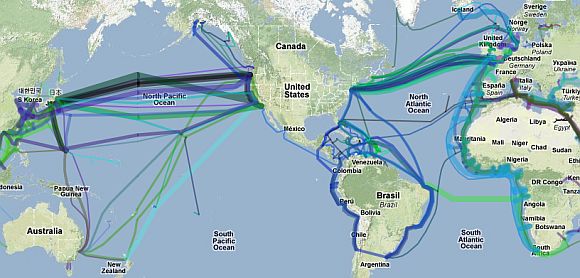 In describing the internet, people often talk of “the cloud.” We connect through over an ethernet, where ether is an archaic term from the Latin aethēr meaning “the upper pure, bright air.” But as they say in Brooklyn, fuhgeddaboutit! Most of the internet is beneath the sea carried by submarine communications cables.
In describing the internet, people often talk of “the cloud.” We connect through over an ethernet, where ether is an archaic term from the Latin aethēr meaning “the upper pure, bright air.” But as they say in Brooklyn, fuhgeddaboutit! Most of the internet is beneath the sea carried by submarine communications cables.